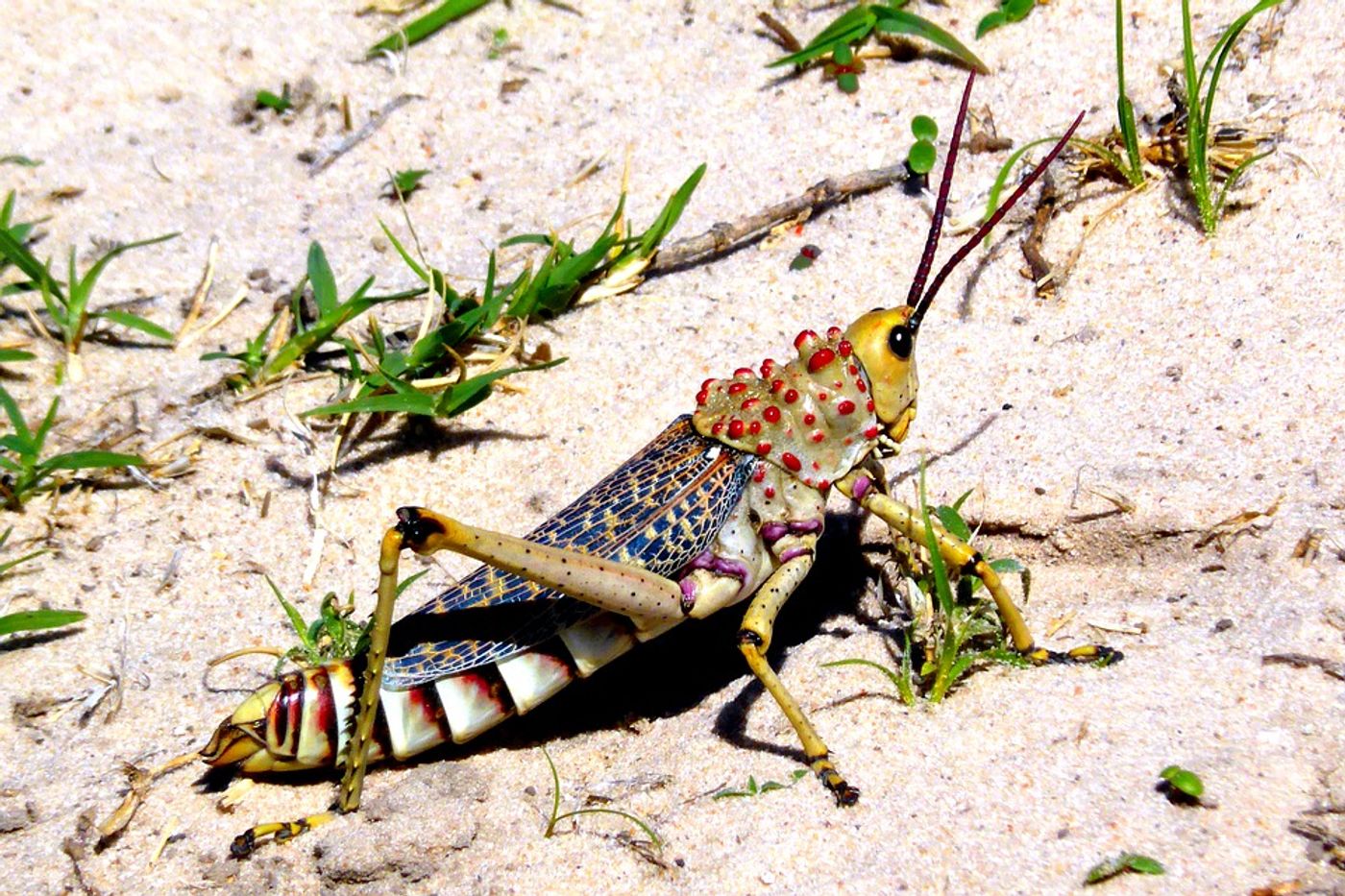Another 2020 plague: locusts
2020 is determined to be a year to remember. On top of the global COVID-19 pandemic, the worst locust outbreak seen in over 70 years threatens food security for almost 5 million people in Africa. The plague has consumed untold hectares of croplands and puts millions in Kenya, Uganda, South Sudan, Ethiopia, Somalia, Eritrea, Djibouti and Sudan at risk of starvation.
Locust swarms are huge masses of flying insects made up of a certain species of grasshopper that, while normally solitary except for when mating, turn gregarious in the right conditions. And the right conditions hit in 2018 when cyclones dumped huge amounts of water in Oman, Yemen and the Horn of Africa, leaving lakes in between desert sand dunes and creating the perfect breeding conditions for locusts.
A locust swarm can be made up of as many as 80 million adults, each of which eats its weight in food daily - equivalent to the food that 35,000 people would eat in a day. A swarm can cover anywhere from a square third of a mile to over 100 square miles, with 40 million to 80 million locusts packed in half a square mile. You can imagine the destruction that a swarm leaves in its wake - completely decimating any agricultural fields.
According to the U.N. Food and Agriculture Organization's senior locust forecasting officer, Keith Cressman, one swarm in northern Kenya was reported to be 25 miles long by 37 miles wide — or more than 24 times the size of Paris 24.
"In Kenya, it's the worst outbreak they've had to face in the last 70 years," says Cressman. "In India or Pakistan, it's probably the worst they've had to face in the last quarter of a century."
“This is the worst locust invasion we have seen in a generation,” adds the International Rescue Committee’s local partner Sahal Farah, who is Community Resilience Committee Vice-Chairman for Docol in Somalia. “Huge hectares of pasture land were completely destroyed.”
The concern is that even under the best of intervention circumstances, a minimum of 20-30% cereal harvest will be lost, says the Food and Agriculture Organization of the United Nations. But, more likely, the loss will be closer to 50-70%, making food insecurity in the region ever more urgent to address.
Sources: NPR, World Economic Forum









